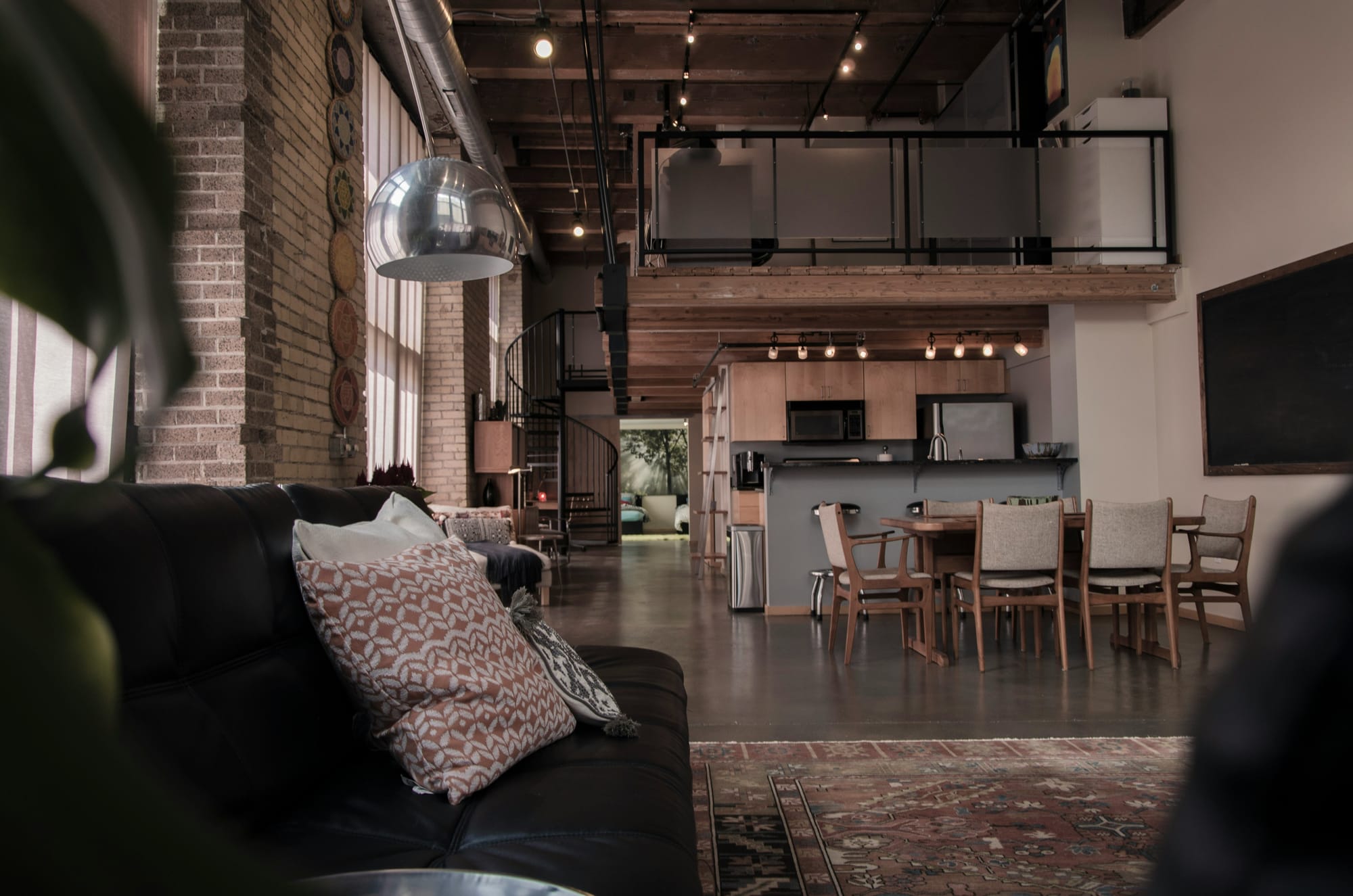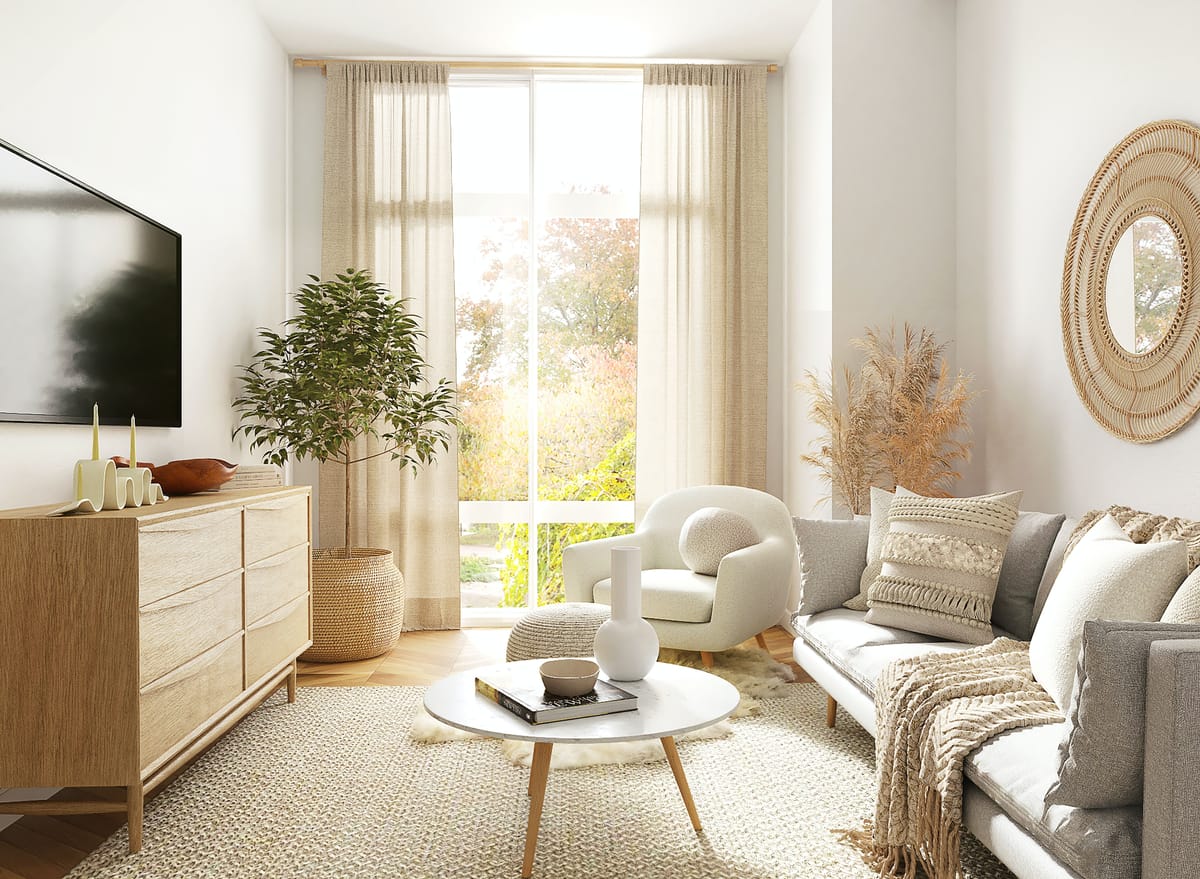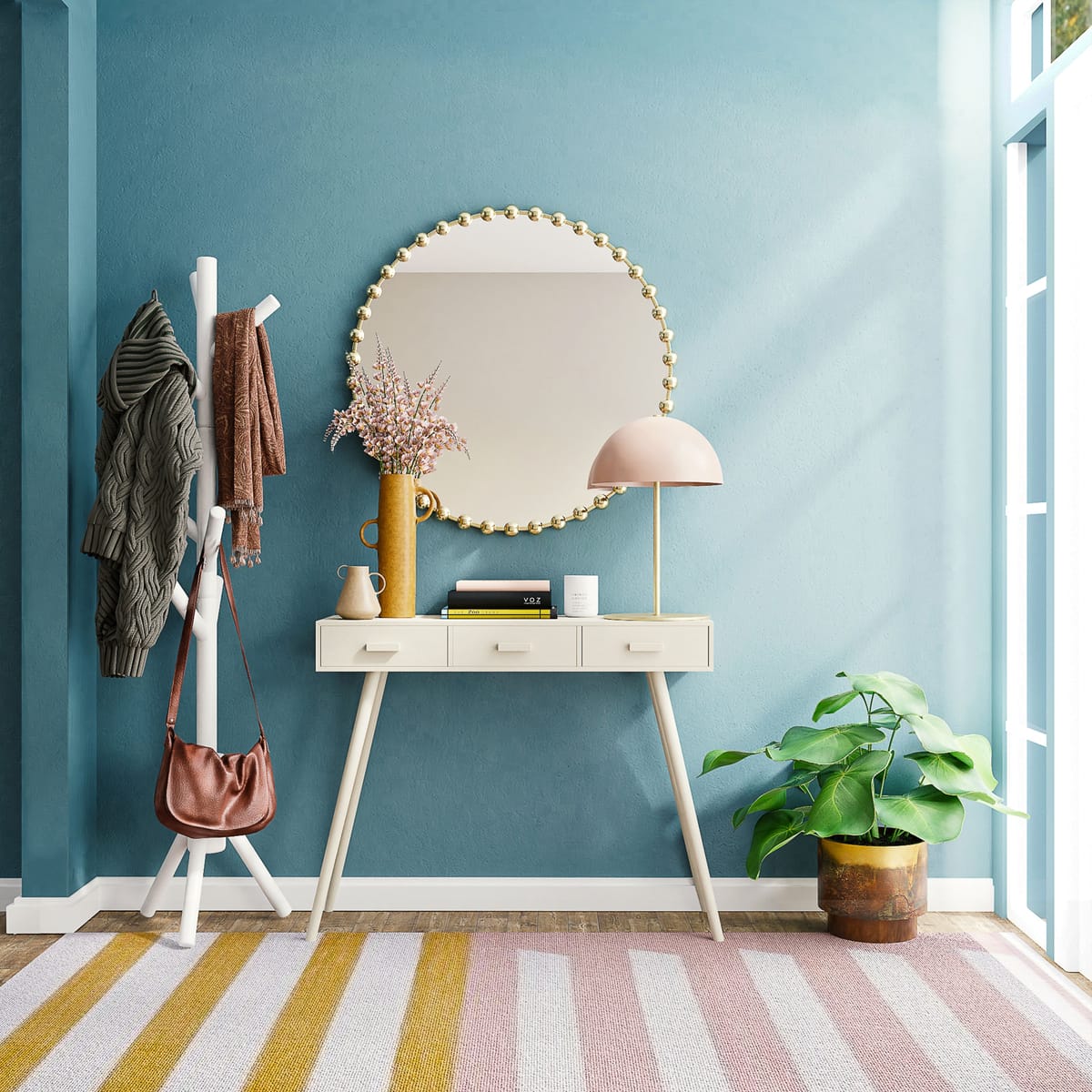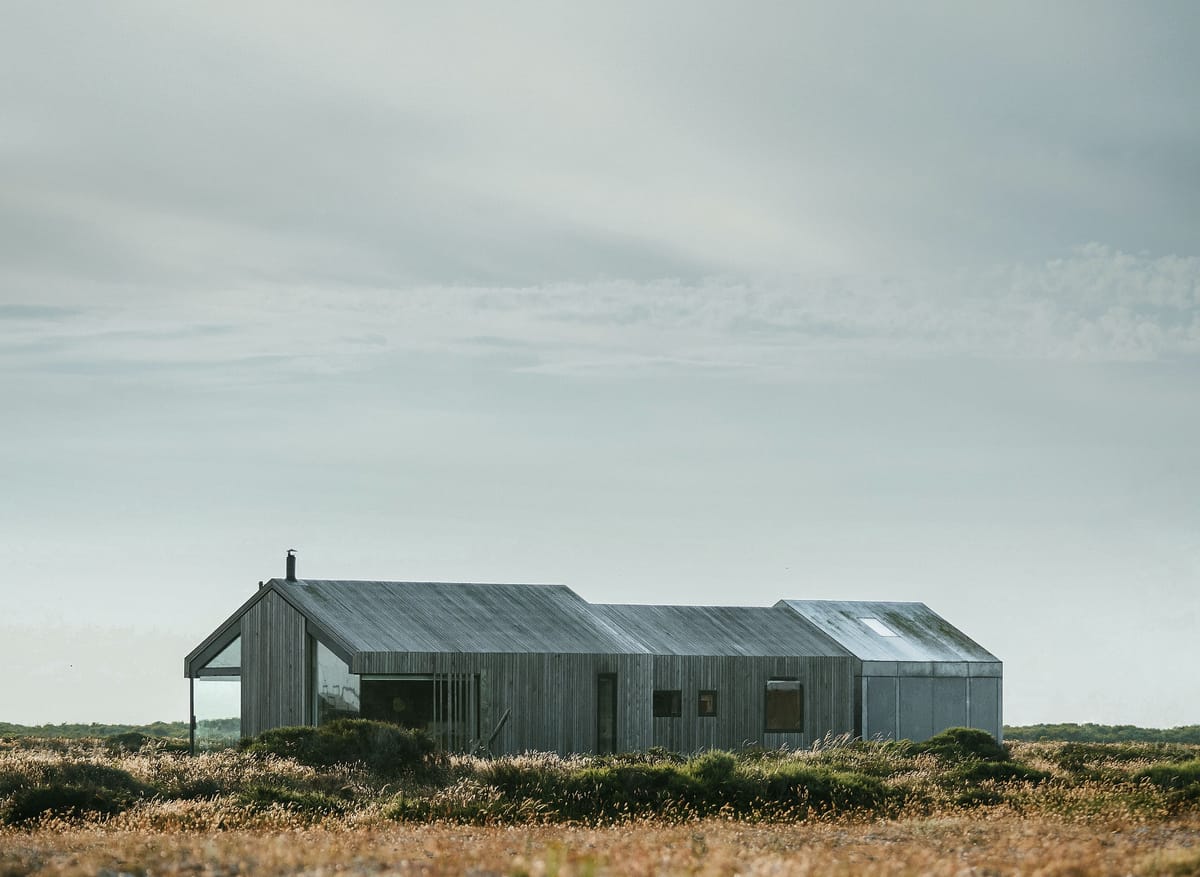In the fast-paced modern world, where stress is often a constant companion and urban environments can feel overwhelming, the importance of prioritizing health and well-being has never been more evident. As we strive to lead balanced lives, the spaces we inhabit play a crucial role in shaping our physical, mental, and emotional health. In this blog post, we explore the intersection of architecture and healthy living, delving into the ways in which thoughtful design can promote wellness and vitality.
Creating Connection with Nature
Incorporating elements of nature into architectural design has been shown to have numerous benefits for our well-being. From biophilic design principles that bring the outdoors in to expansive windows that offer views of green spaces, connecting with nature has a calming effect on our minds and bodies. Research suggests that exposure to natural light and greenery can reduce stress, improve mood, and enhance cognitive function, making it essential to prioritize access to nature in our built environments.

Promoting Physical Activity
Encouraging physical activity is another key aspect of designing for healthy living. Architectural features that facilitate movement, such as staircases designed to be inviting and centrally located, can encourage occupants to forgo the elevator and opt for a more active lifestyle. Additionally, incorporating amenities such as walking paths, bike lanes, and outdoor recreational spaces within residential and commercial developments promotes physical activity and fosters a sense of community.
Prioritizing Indoor Air Quality
Indoor air quality plays a significant role in our overall health, yet it is often overlooked in architectural design. By implementing ventilation systems that circulate clean air and using low-emission building materials, architects can create indoor environments that support respiratory health and reduce the risk of indoor air pollution. Furthermore, incorporating natural ventilation strategies, such as operable windows and atriums, allows occupants to control airflow and improve ventilation, enhancing comfort and well-being.

Designing for Social Connection
Human connection is essential for our mental and emotional well-being, and architectural design can play a vital role in fostering social interaction and community engagement. Common areas, such as shared courtyards, communal kitchens, and multipurpose gathering spaces, encourage spontaneous encounters and facilitate meaningful connections among residents and users of a space. Additionally, incorporating elements of universal design ensures that spaces are accessible to people of all ages and abilities, promoting inclusivity and social cohesion.
Embracing Sustainable Design Practices
Sustainability and healthy living go hand in hand, as environmentally responsible design choices not only reduce our ecological footprint but also contribute to occupant health and well-being. By prioritizing energy efficiency, using sustainable materials, and incorporating passive design strategies, architects can create buildings that are not only environmentally friendly but also provide a healthy and comfortable indoor environment for occupants. From green roofs that improve air quality to daylighting strategies that enhance mood and productivity, sustainable design principles benefit both people and the planet.

Conclusion
In conclusion, architecture has the power to profoundly impact our health and well-being, shaping the way we live, work, and interact with our environment. By prioritizing elements such as connection with nature, physical activity, indoor air quality, social connection, and sustainability, architects can design spaces that support and enhance our overall health and vitality. As we continue to navigate the complexities of modern life, let us embrace the transformative potential of architecture in promoting healthy living for all.





Member comments